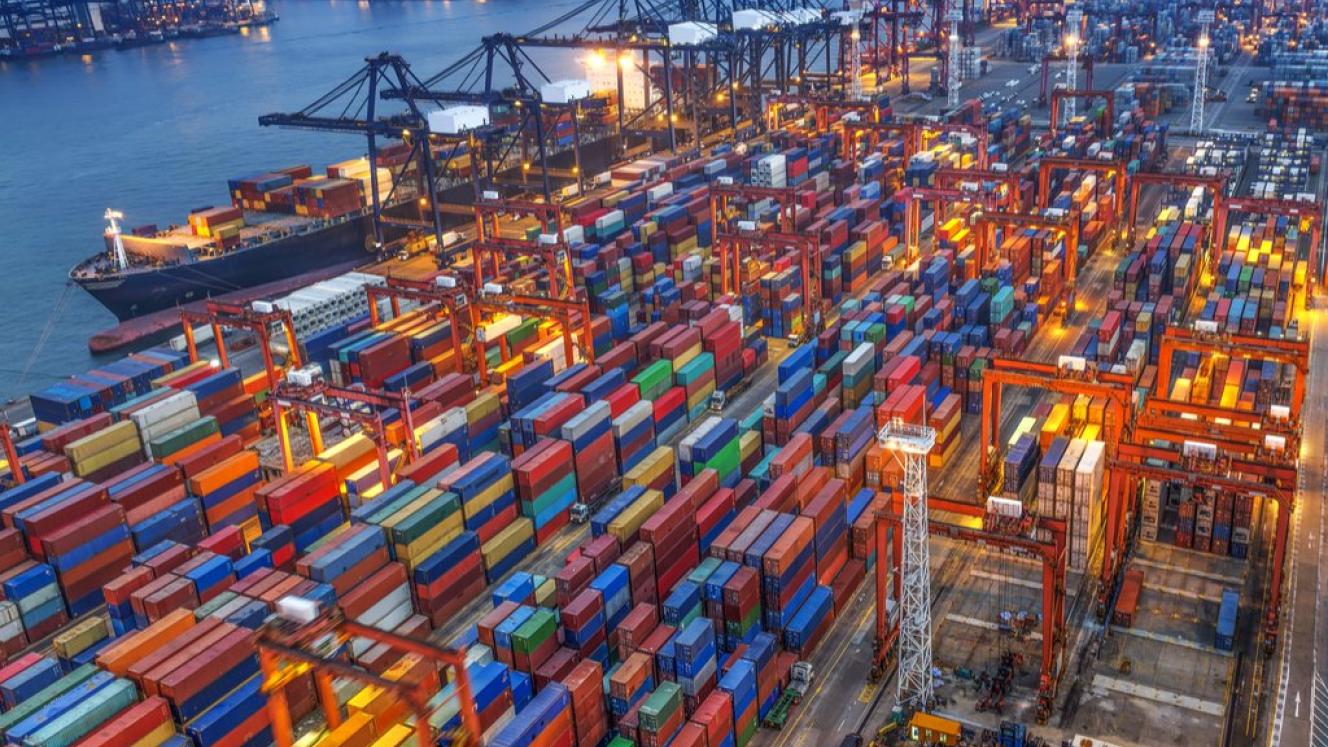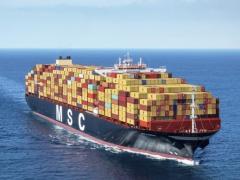There is growing pressure on the logistics industry to reduce its carbon emissions.
Speaking at the opening of Unctad 15 in Barbados, United Nations secretary general António Guterres stressed the need to build a global green economy, saying small island developing states (SIDS) like Barbados were looking to the future with worry in the face of the climate crisis.
“They hear the words, but do not see the actions behind them. We often act as if we have another planet waiting for us.”
He urged countries to make bold commitments at the upcoming UN climate summit (COP26), and donors and multilateral development banks to allocate at least 50% of their climate support towards adaptation and resilience.
Logistics has come under the spotlight because of the contribution it makes to global warming.
One of the first targets has been international shipping, which is estimated by the United Nations International Maritime Organization (IMO) to account for 2.2% of global greenhouse gas emissions.
Global shipping is targeted by the IMO to reduce its CO2 emissions by at least 40% to 2030, and 70% by 2050 – compared to 2008.
Shippers and cargo owners are also coming under the green spotlight.
A fifth of carbon dioxide emissions come from multinational companies’ global supply chains, according to a study led by UCL and Tianjin University.
Published in Nature Climate Change, the study maps the emissions generated by multinationals’ assets and suppliers abroad. It shows that the flow of investment is typically from developed countries to developing ones – meaning that emissions are in effect outsourced to poorer parts of the world.
Professor Dabo Guan, (UCL Bartlett School of Construction & Project Management), said: “Multinational companies have enormous influence, stretching far beyond national borders. If the world’s leading companies exercised leadership on climate change – for instance, by requiring energy efficiency in their supply chains – they could have a transformative effect on global efforts to reduce emissions.”
Freight News research found a number of common threads when it comes to advice on how to green the landside logistics chain.
· Green warehousing – natural lighting, solar power
· Automation of warehouse and transport management
· Water capture and recycling
· Natural ventilation for warehouses and offices
· Transport – load sharing, electrification, better route scheduling (intelligent fleet management)
· Packaging – shift to biodegradable, reusable and recyclable packaging
· Include eco-friendly criteria in procurement processes
· Ensure the reverse logistics processes are as green as possible
· Focus on total cost of ownership for the life of the asset (including the energy, water and labour needed to operate, clean, maintain and dispose of an item)













